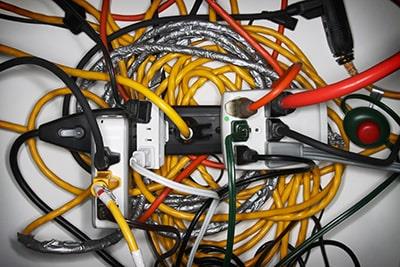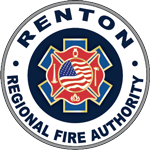EXTENSION CORD AND MULTI PLUG ADAPTER SAFETY
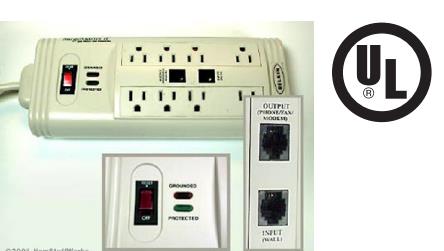
Multi Plug Adapters (Power Taps)
Power Taps are widely used where more than (2) two electrical outlets are needed. The following are requirements for their use:
- Power Taps shall be equipped with overcurrent protection andUL/FM Listed.
- Power Taps shall be directly connected to a wall outlet. They shall not be plugged into other Power Taps (daisy chained)
- Power Taps shall not extend through walls, ceilings, floors, under doors or floor coverings.
- Power Tap cords shall not be subject to physical damage.
- Any Power Taps found to be overloaded, damaged, overheated, or otherwise unusable shall be replaced immediately
- Power Taps and extension cords are not a substitute for permanent wiring.
- If at any time the Power Tap is hot to the touch remove and replace the unit. The electrical load for this strip should be evaluated for overloading.
- At no time should a Power Tap be placed in a situation that will allow it to be exposed to a moist environment.
- There should only be one Power Tap plugged into a single duplex electrical outlet.
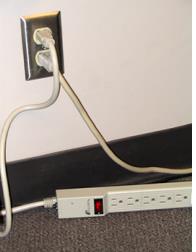
- Do not staple, tack, or tape a Power Tap.
- The Power Tap should always have either a polarized plug with one of the blades being larger than the other one or a three-prong grounded plug. Never use a three to two prong adapter to power the unit.
- Never plug medical equipment into a Power Tap unless it is approved for this purpose.
Extension Cords
Extension cords are designed for temporary use and should not be used as a substitute for a permanent electrical service. (90-day max use)
- Extension cords should never be nailed, stapled, or taped to the desk, wall, ceiling, baseboard, or another object.
- When unplugging a cord, pull on the plug, not the cord.
- Unplug extension cords when not in use.
- Do not run extension cords through walls or ceilings (as shown here):
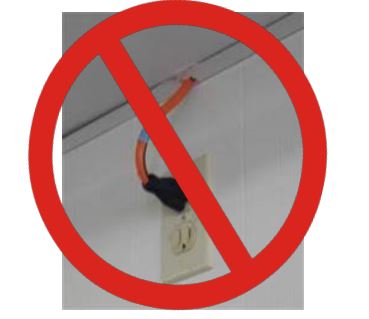
- Do not run extension cords through doorways, or under carpets or floors. If the cord is covered, heat cannot escape, which may result in a firehazard.
- Use a three-wire extension cord only. Do not use “cheaters” or 2-wireadapters to connect to two-prong outlets. This defeats the purpose of a three-prong plug and could lead to an electrical shock.
- Don’t coil equipment or extension cords while they’re in use. Uncoil extension cords before use so that heat can escape.
- Avoid using extension cords when possible. If you must use an extension cord, select one that is rated for the full load amps of the connected equipment or tool. If more than one device is being connected to an extension cord, add the individual amp ratings of the devices together and confirm that they do not exceed the amp rating of the cord.
Appliances
The following appliances require a lot of power and therefore should be plugged into a dedicated wall outlet. Do not use power taps or extension cords with:
- Space Heaters
- Refrigerators / Freezers
- Microwaves
- Toasters
- Hare Care Appliances
- Hot Plates / Slow Cookers
For additional information see NFPA Top Fire Causes/Electrical.
